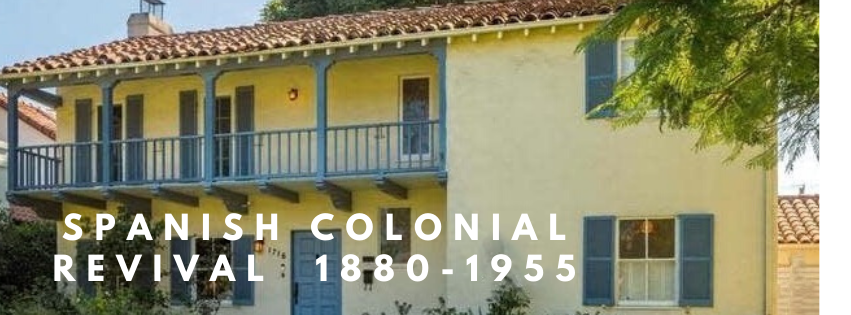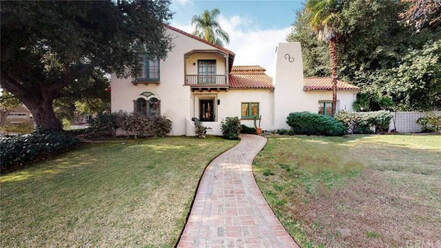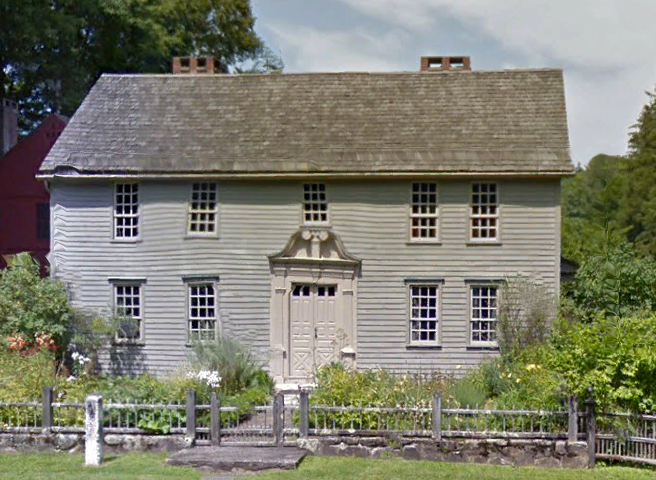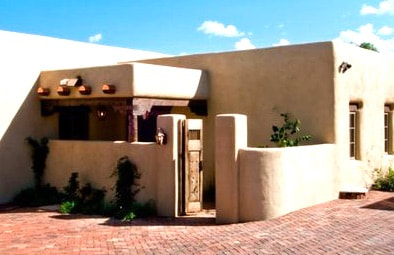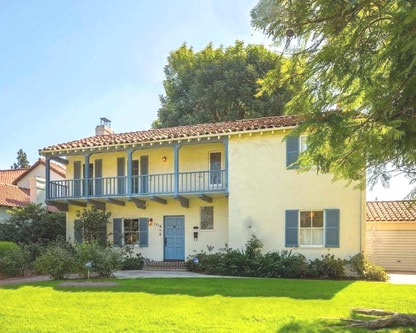|
Spanish Eclectic (Revival) 1915 – 1940
This style takes from just about every Spanish architectural style ever known, including Mission (or Mission Revival), Spanish Colonial Revival, Pueblo Revival, Territorial, and Monterey. So not surprisingly Spanish Eclectic homes are an extension of the earlier Spanish Revival architecture, but this time with modern touches Mission – Spanish Eclectic - Modern Where: California, Arizona, Texas and Florida Typical features
|
|
Mission 1890 – 1920
Mission – was part of the Arts & Crafts Movement in the early 20th century and a very popular style in the 1920s. The Mission style is also known as Spanish Mission, Mission Revival, or California Mission. Where: California and South Western States Typical features
|
|
Pueblo Revival Style 1910 – present
The Pueblo Revival style draws its inspiration from the ancient Pueblos Indian homes and the Spanish missions in New Mexico. Pueblos - Spanish for Villages - were built using adobe which is a sun-dried building block protected by a layer of mud. Pueblo Revival homes are often made with concrete blocks or other materials covered with stucco, plaster, or mortar. Where: mainly in California, Arizona, New Mexico and the South Western States. Typical features:
|
|
Monterey 1925 – 1955
This is a type of ranch house but has been further designed with a mixture of French, Spanish and English styles. It was developed in California, In fact it is so unique that it’s still sought after today. Where: Everywhere Typical features
|
The HouseLand Registry
Maps Manorial Records Other Records Postcards & Photos Enclosures Books & House histories Church & Parish Records |
The People |
|
OUR ADVERTISING POLICY - This website receives no funding or any other form of award and is run voluntarily to provide information to those who want to trace the history of their house. We would like to say thank you to all those who have or will in future click on the advertisements they find on this page. We know they can be a nuisance or distraction and we try to make sure that they are relevant to the information we provide and our readers. However the modest income we receive from them keep the web site going. So thank you.
